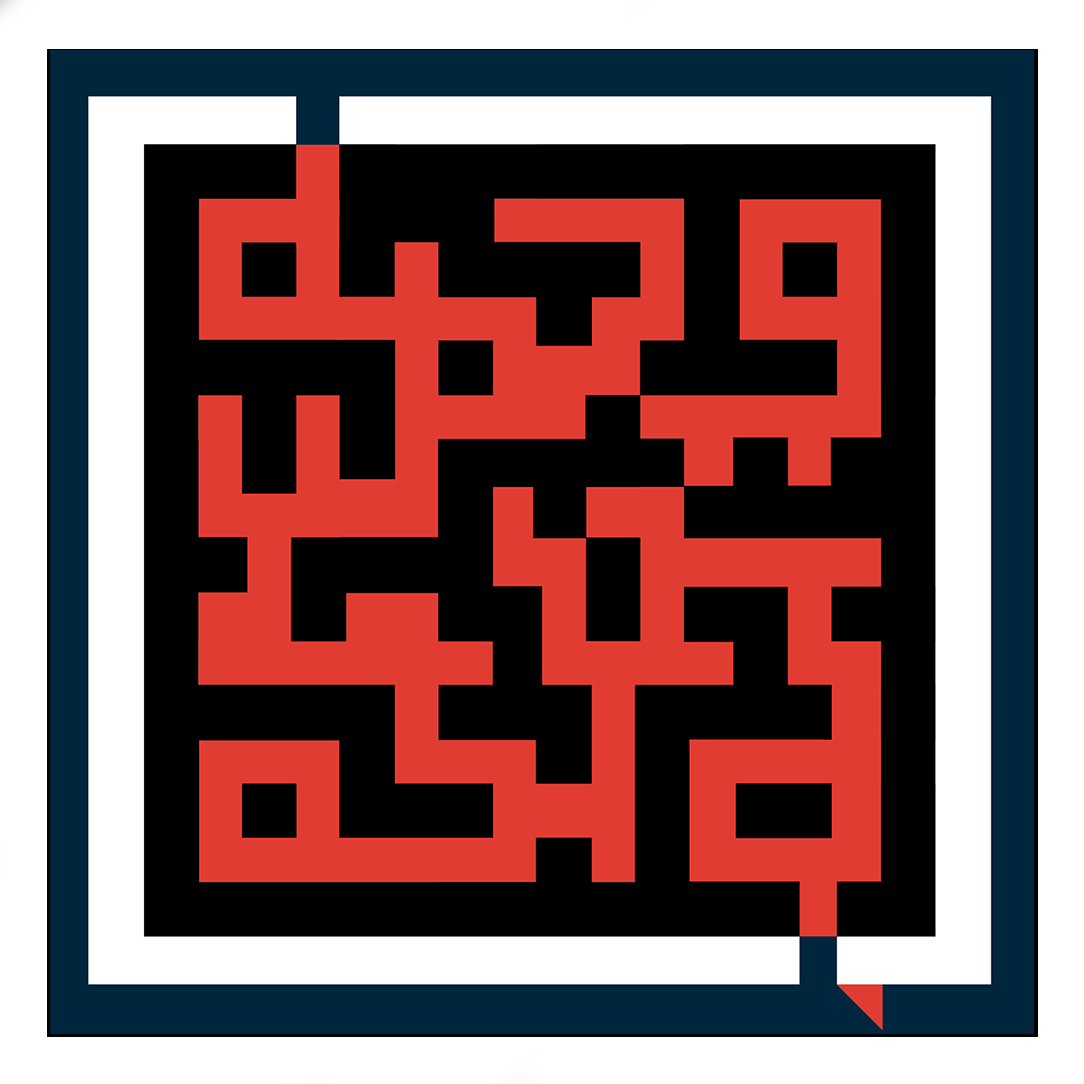Creative destruction and the global music industry
Every new technology has disrupted the one before it and there is always opposition to the creative destruction technology fosters. In the long run disruption is necessary and we need to favor innovation to constantly reinvigorate the economy.
